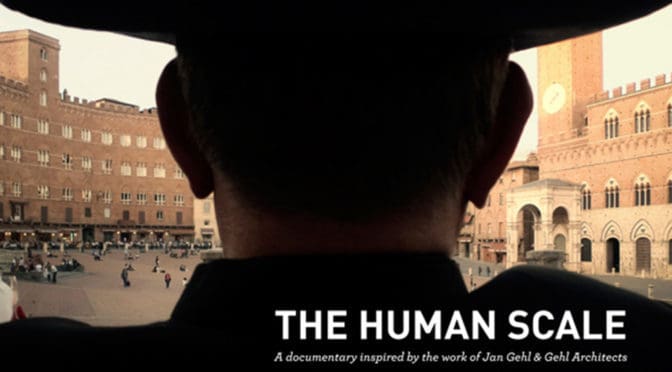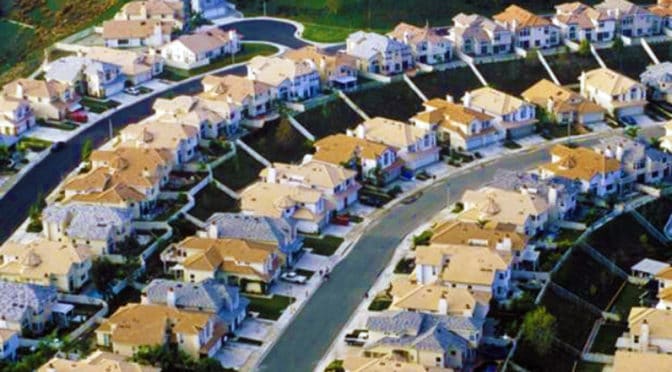Poor Richard, Another Almanac for Architects and Planners (Volume 2) by Mark David Major | Portland Book Review
by George Erdosh, April 20, 2015
The review of Poor Richard, Another Almanac for Architects and Planners by the Portland Book Review is available.
Excerpt:
“Here is a strange paperback that some readers will love and others won’t read past page three. Poor Richard, Another Almanac for Architects and Planners consists of fifty-two pages of text, one for each week of the year, and a facing black-and-white high-contrast photo illustrations, somewhat related to the subject author Mark David Major selected for that week.”
Read the full review here: Poor Richard, Another Almanac for Architects and Planners (Volume 2) by Mark David Major | Portland Book Review
Down the full review here: Poor Richard, Another Almanac for Architects and Planners (Volume 2) by Mark David Major | Portland Book Review
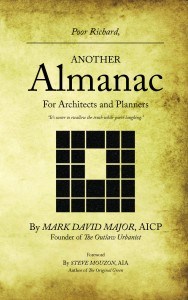 Poor Richard, Another Almanac for Architects and Planners (Volume 2)
Poor Richard, Another Almanac for Architects and Planners (Volume 2)
by Mark David Major, Foreword by Steve Mouzon
140 pages with black and white illustrations.
Available in print from Amazon, CreateSpace, and other online retailers.
Available on iBooks from the Apple iTunes Store and Kindle in the Kindle Store.
For the best digital eBook experience, the author recommends purchasing the iBook version of the book.

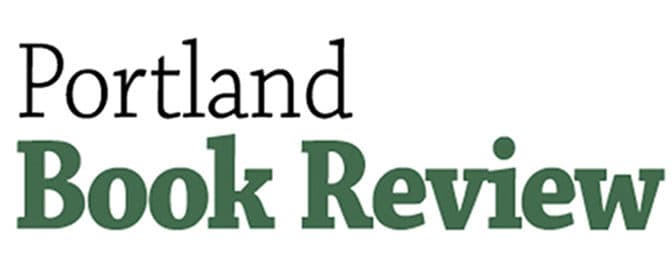

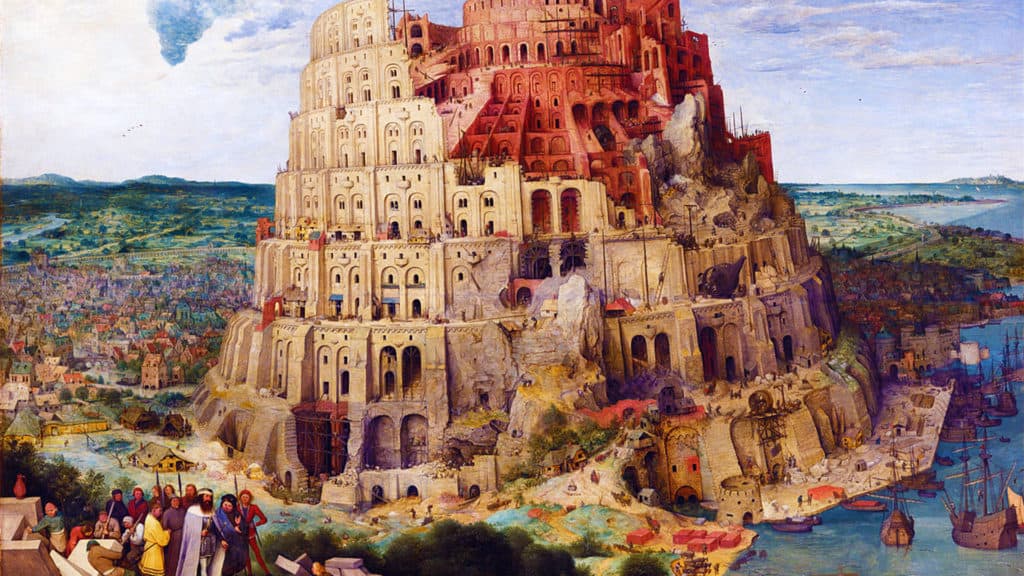

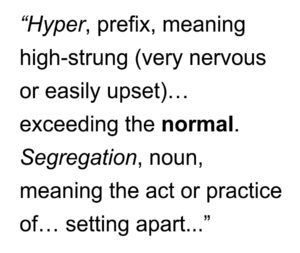 observation of individuals or items from another group: the institutional separation of an ethnic, racial, religious, or other minority group from the dominant majority; the state or condition of being segregated, set apart, separated, or restricted to one group. Origin of hyper is short for hyperactive (First Known Use: circa 1942) from Greek huper ‘over, beyond.’ Origin of segregation is 1545-55 from the Late Latin sēgregātiōn– (stem of sēgregātiō), equivalent to sēgregāt (us) (see segregate) + –iōn– –ion. Synonyms include extreme loneliness and excessive isolation to the point of being unhealthy for individuals or society.
observation of individuals or items from another group: the institutional separation of an ethnic, racial, religious, or other minority group from the dominant majority; the state or condition of being segregated, set apart, separated, or restricted to one group. Origin of hyper is short for hyperactive (First Known Use: circa 1942) from Greek huper ‘over, beyond.’ Origin of segregation is 1545-55 from the Late Latin sēgregātiōn– (stem of sēgregātiō), equivalent to sēgregāt (us) (see segregate) + –iōn– –ion. Synonyms include extreme loneliness and excessive isolation to the point of being unhealthy for individuals or society.